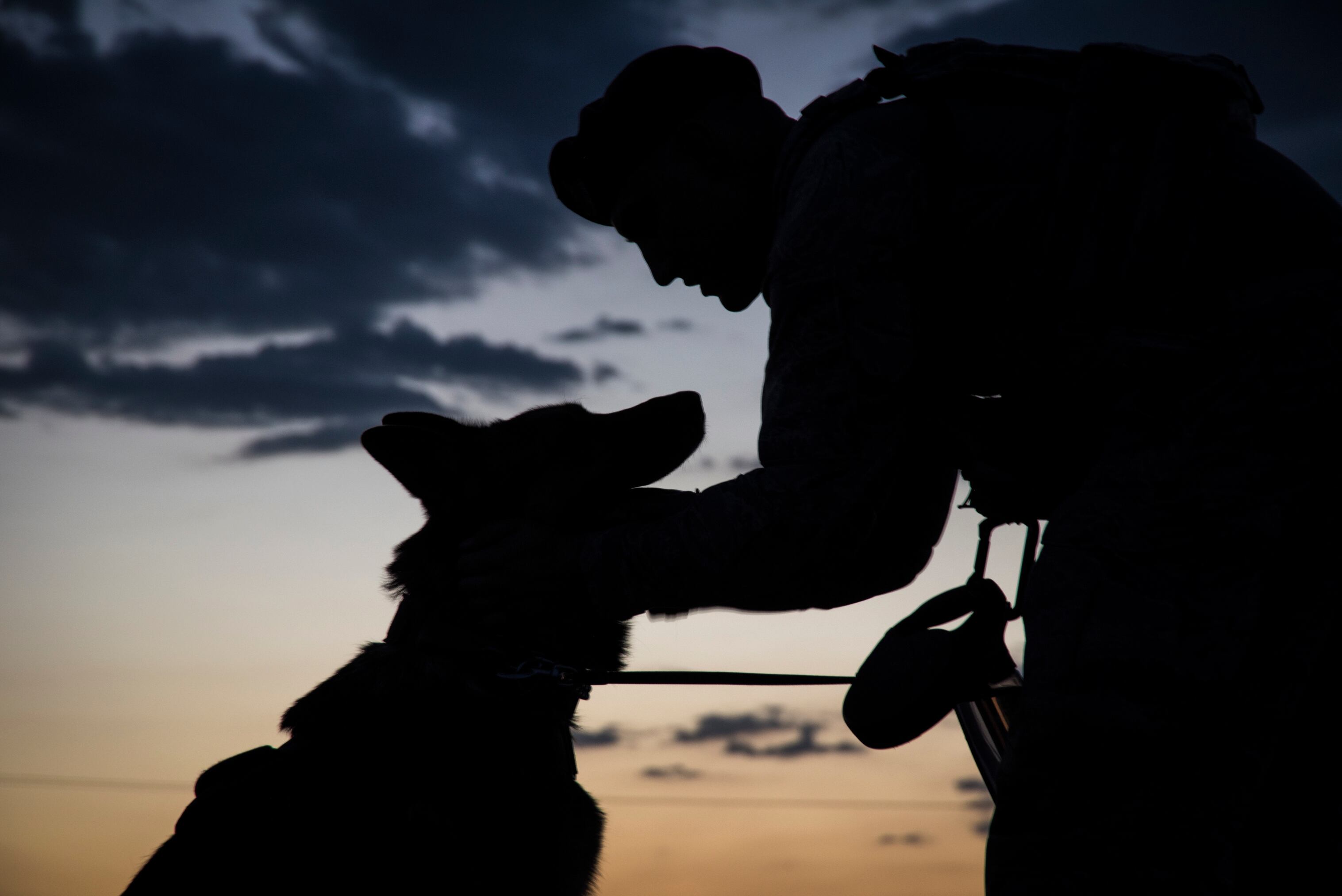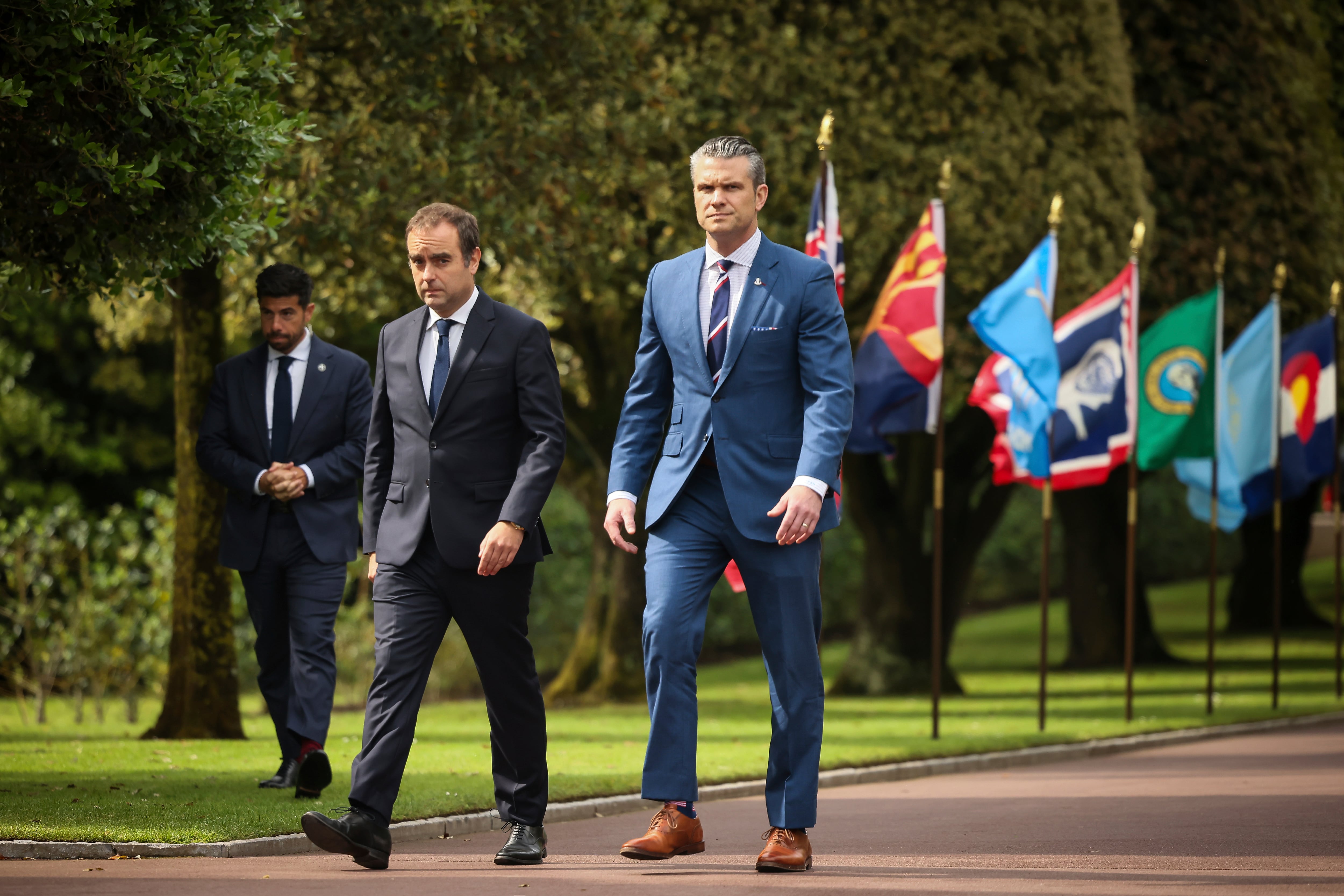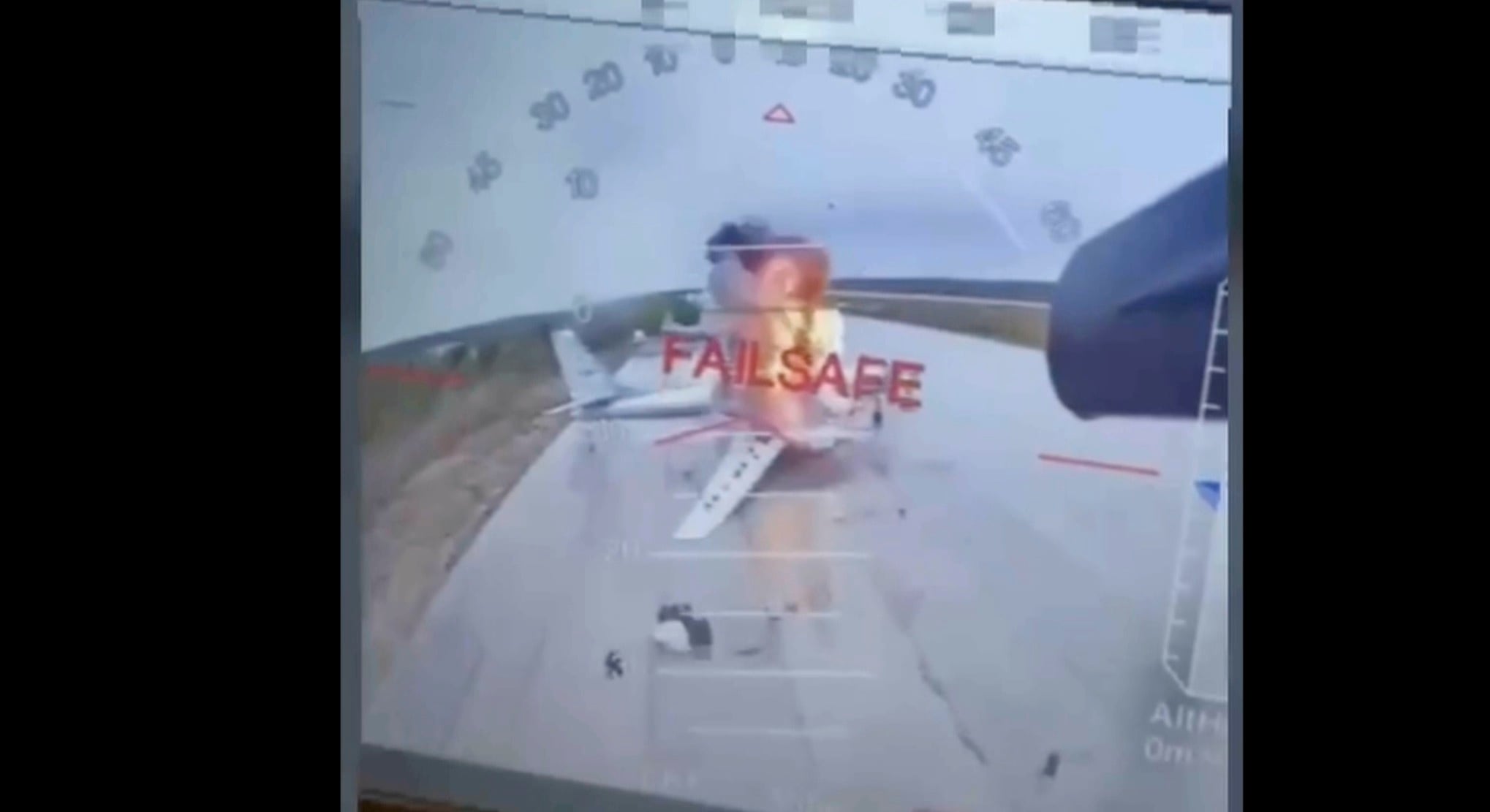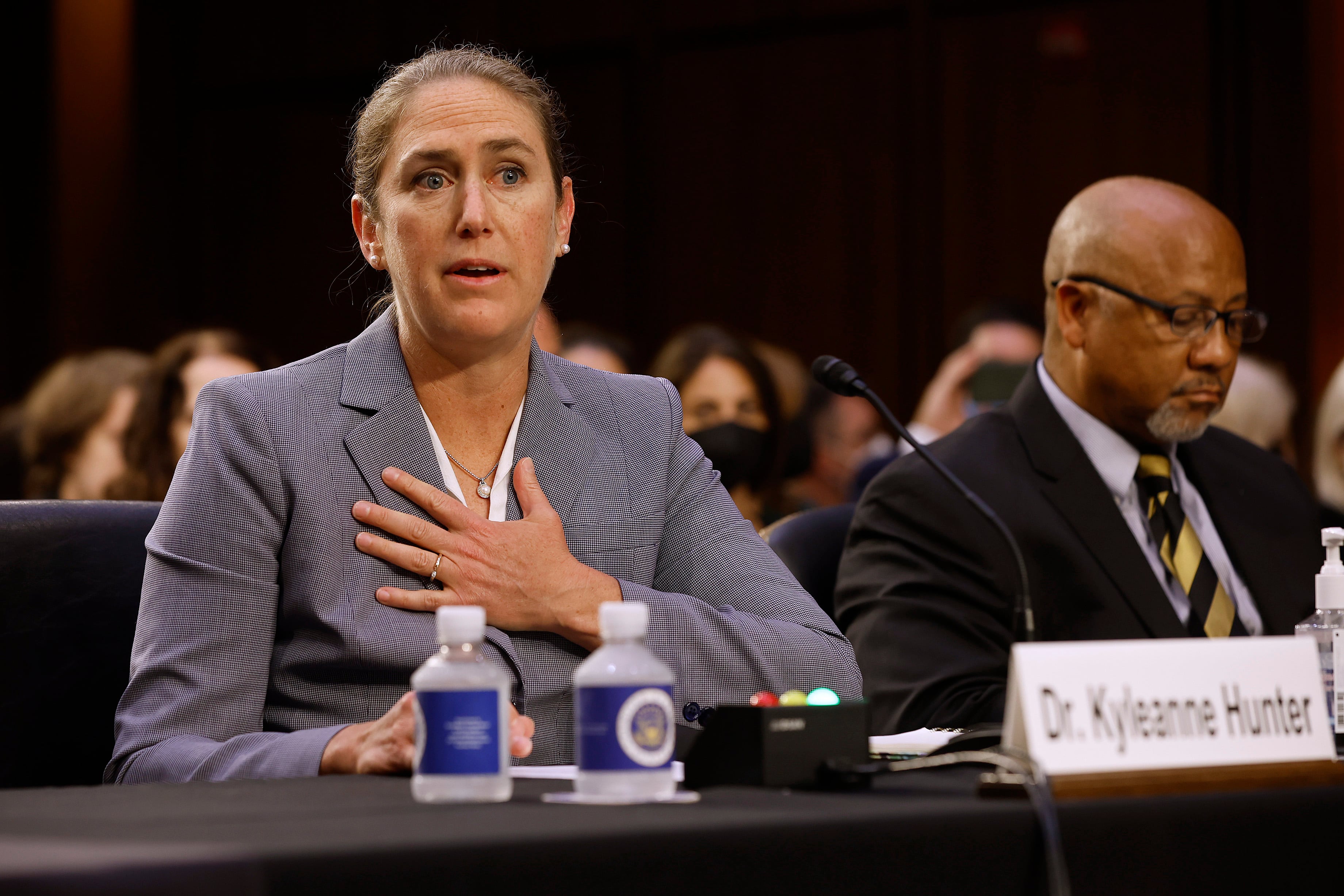A tool that has become key in civilian law enforcement ― generating visual evidence in high-profile cases such as the police killing of George Floyd in Minneapolis ― will no longer be used by the Air Force.
The Air Force is ordering all installations whose security forces use body-worn cameras to stop using and dispose of the equipment.
The order was issued by the Air Force Security Forces Directorate on Wednesday, Air Force spokeswoman Ann Stefanek told Air Force Times.
“The decision was made because there is no current Department of Defense direction regarding body-worn cameras or an existing program of record that would provide servicewide funding or guidance on the appropriate use of the body-worn cameras or the storage of the footage acquired,” she said.
RELATED
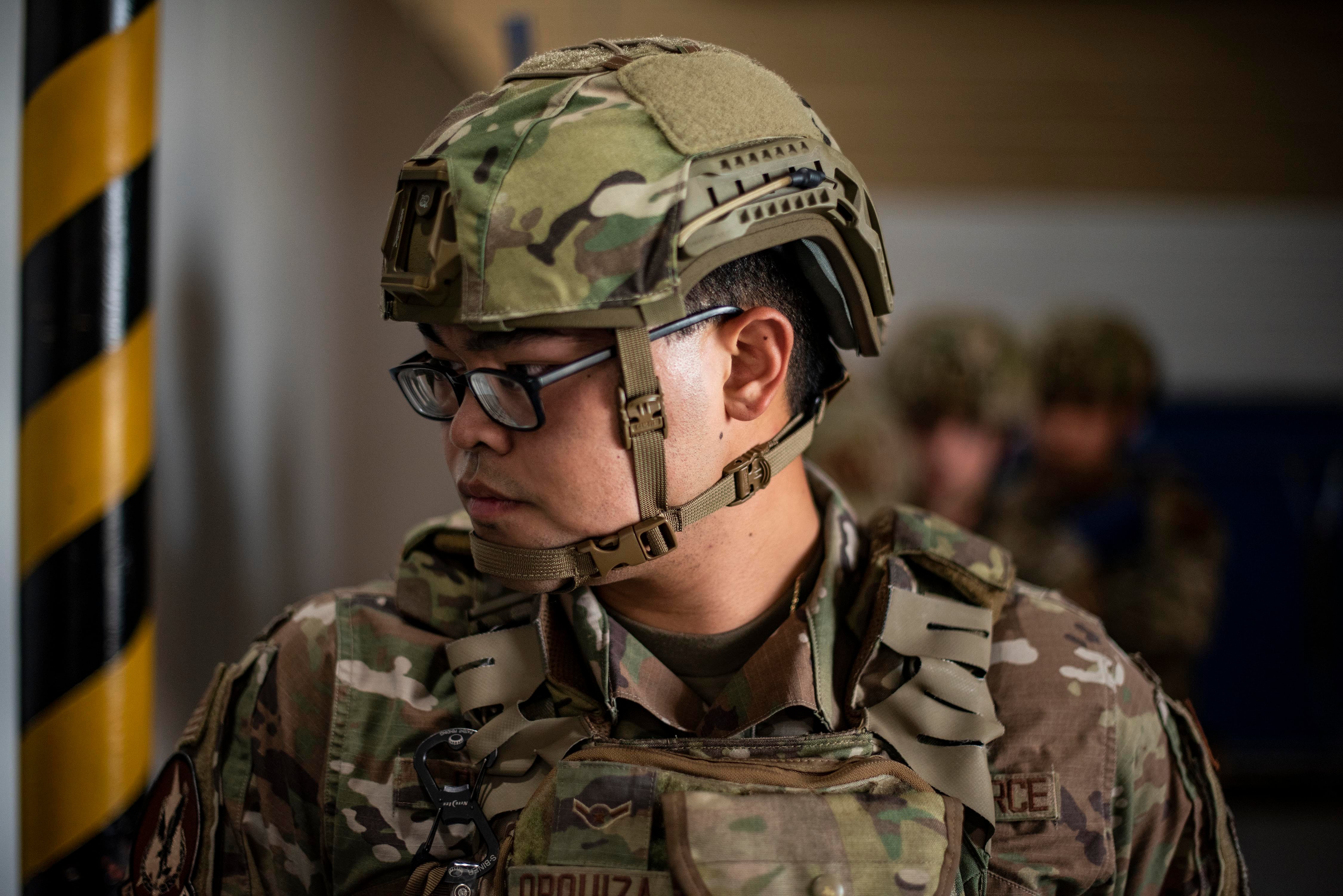
Only 13 of 176 Air Force installations have security forces that use body-worn cameras, said Stefanek. Those installations began to purchase and use the equipment in the past few years using local unit funds, said Sarah Fiocco, another Air Force spokeswoman.
Air Force officials could not immediately say which installations were using the body-worn cameras. The policy change was first reported by the Air Force amn/nco/snco Facebook page on Thursday.
There was no specific incident that caused the new policy, Fiocco said.
However, as questions began to arise about how to use funds and the equipment and store the data, higher headquarters began to look into the issue, Air Force officials said. It ultimately was determined there was no DoD-wide policy on body-worn cameras, no clear need justifying the use of them and numerous policy complications created by their use. As a result, the Air Force decided that those installations using them would have to stop and get rid of the equipment.
Such devices have been instrumental in some civilian criminal justice cases, especially those regarding use-of-force as in the case of Floyd. Video obtained from the body-worn cameras of Minneapolis police played a key role in the trial of Derek Chauvin, the former police officer convicted of murder and manslaughter in the killing of Floyd.
Body-worn cameras “are both beneficial and cost effective,” NPR reported, citing a recent study by public safety experts and world economists. Those findings were published in a research paper released by the University of Chicago Crime Lab and the Council on Criminal Justice’s Task Force on Policing.
The findings “show the key benefit of body-worn cameras is the reduced use of police force,” Jens Ludwig, professor and head of the Crime Lab, told NPR. “For example, among the police departments studied, complaints against police dropped by 17 percent and the use of force by police, during fatal and non-fatal encounters, fell by nearly 10 percent.”
The support of police body-worn cameras is mixed, however, with some cons pointing to issues of privacy and storage of evidence.
Air Force officials say no similar reduce of force need exists in the flying branch.
“We service a gated military community with an extremely low rate of law enforcement incidents that does not currently present a need for a non-DoD required or resourced body camera system,” Stefanek said. “However, Department of the Air Force installations have cameras at key and critical locations that serve multiple purposes.”
At the moment, there is no specific plan for how to dispose of the equipment and footage, Stefanek said.
“All body camera equipment will be disposed of in accordance with Defense Logistics Agency military equipment disposition procedures,” she said. “We’re currently looking into the appropriate disposal method for the footage.”
In some cases, other federal agencies or even local law enforcement may take the equipment, Stefanek said.
Howard Altman is an award-winning editor and reporter who was previously the military reporter for the Tampa Bay Times and before that the Tampa Tribune, where he covered USCENTCOM, USSOCOM and SOF writ large among many other topics.
Rachel Cohen is the editor of Air Force Times. She joined the publication as its senior reporter in March 2021. Her work has appeared in the Washington Post, the Frederick News-Post (Md.), Air and Space Forces Magazine, Inside Defense, Inside Health Policy and elsewhere.
